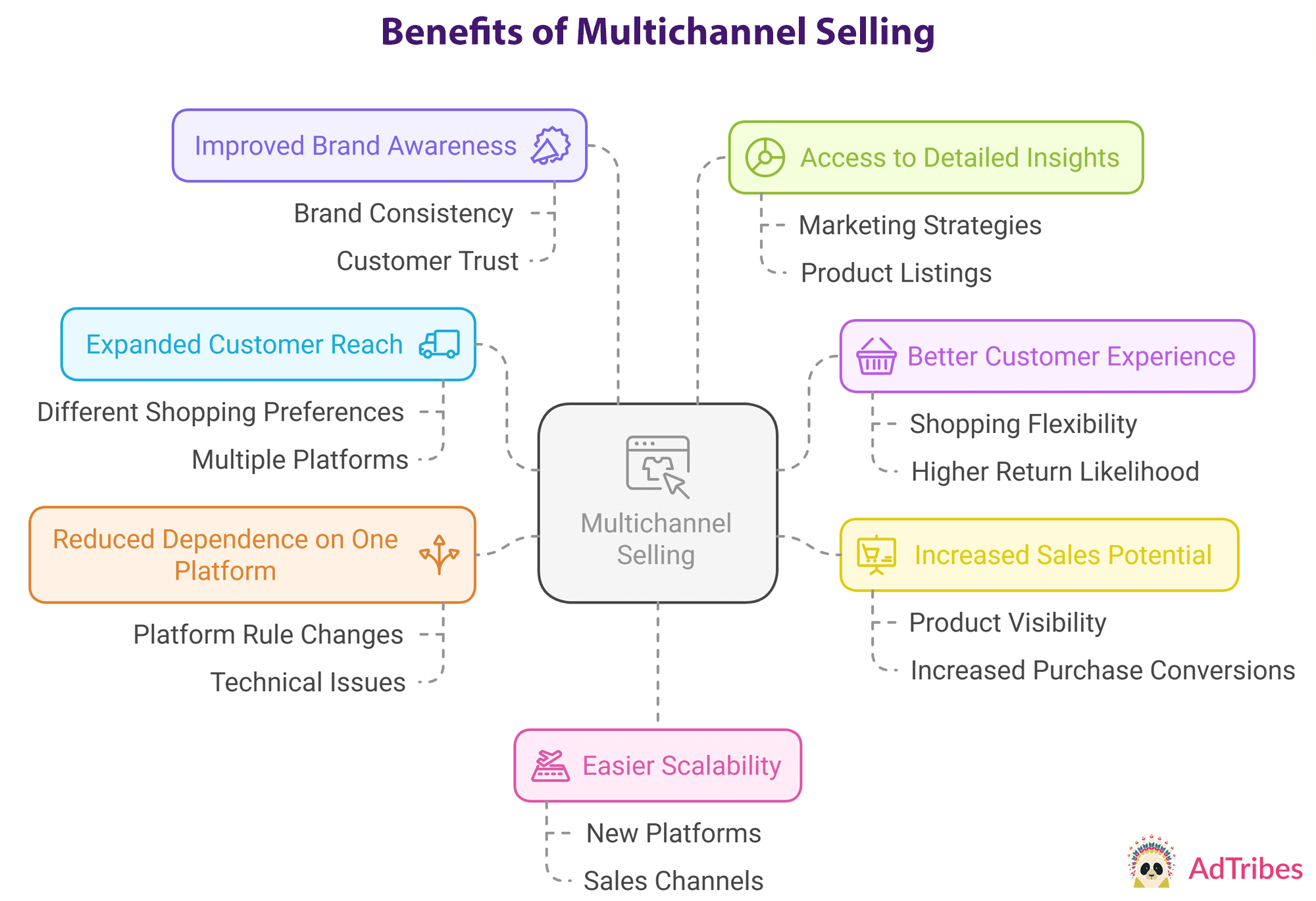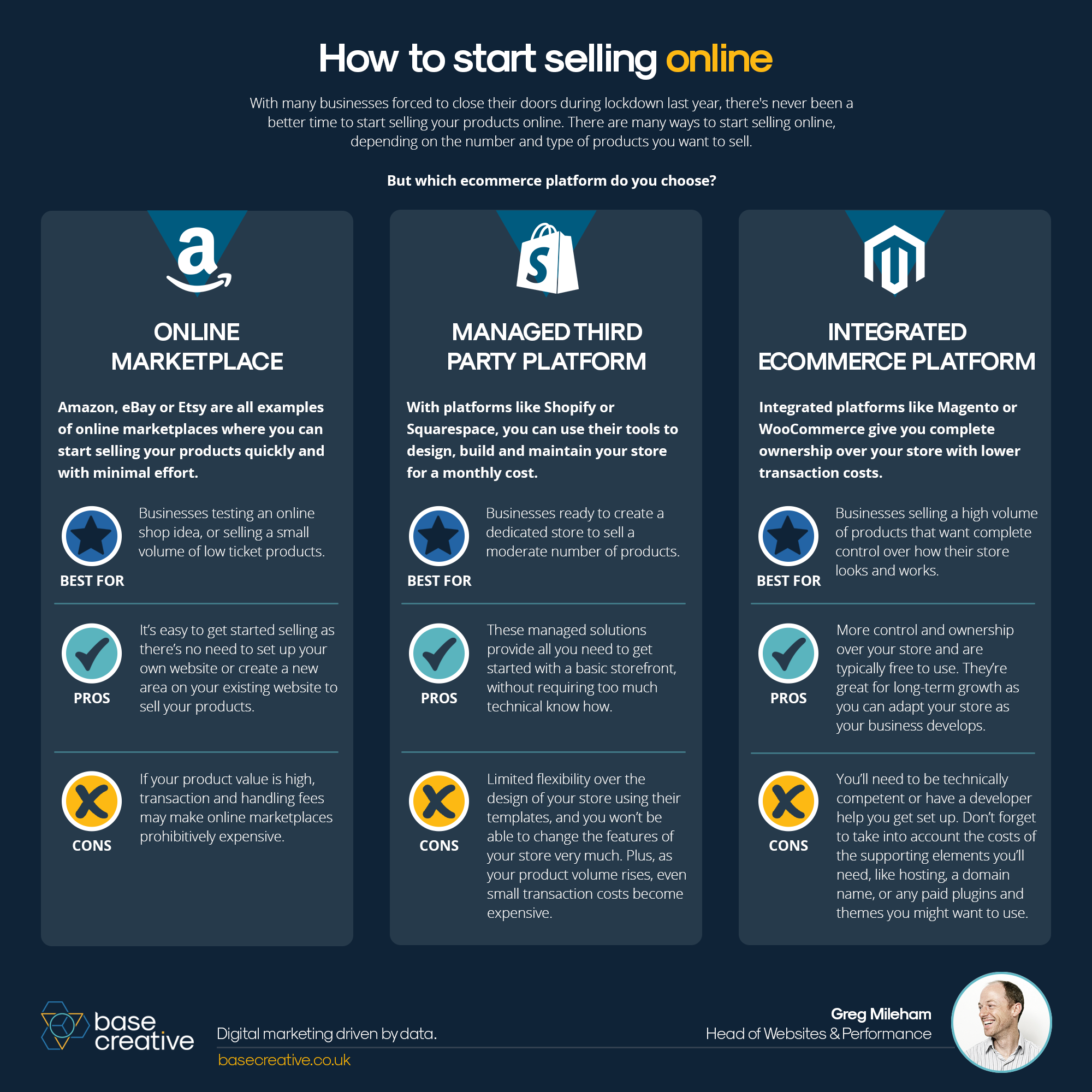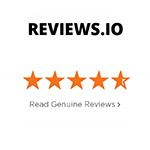TABLE OF CONTENTS
TABLE OF CONTENTS
Other Usefull Contents
You can see many success stories from our customers, and you may be one of them in the future
Unlock the Power of Mobile Commerce: Propel Your Business Forward
Read MoreDiscover how to harness mobile commerce to enhance your business growth. Learn strategies for optimizing the mobile shopping experience and increasing consumer engagement.
Read MoreDiscover the benefits of mobile commerce and how it can transform your business. Learn effective strategies for maximizing sales and customer engagement through mobile-optimized shopping experiences.
Read More














If you're thinking about starting a Print on Demand (POD) business in 2025, this tutorial is your blueprint for success. Learn how to quickly set up your online store, create standout designs, and partner with reliable POD suppliers who will handle fulfillment and shipping. With no need for inventory management or upfront investments, POD allows you to focus on growing your brand and reaching customers. Whether you're a creative entrepreneur or a savvy business owner, this step-by-step guide will help you maximize your potential in the POD space.
What is Print on Demand?
Print on Demand (POD) is a flexible and cost-effective business model that allows you to create and sell custom products like t-shirts, mugs, and phone cases without the need for inventory or upfront investment. By partnering with POD suppliers, you can design products and have them printed only when customers place orders, eliminating the risks of unsold stock. This model has gained immense popularity in eCommerce, especially for entrepreneurs looking for a low-risk entry point into the online business world.
Why It Is the Perfect Choice for Your Business
POD is the ideal solution for businesses of all sizes, offering numerous advantages such as low startup costs, the ability to scale quickly, and minimal operational burdens. In 2025, the POD industry continues to thrive, providing entrepreneurs with a straightforward way to sell custom products without dealing with inventory, shipping, or fulfillment. Whether you're an artist looking to sell your designs or an entrepreneur aiming to build a brand, POD allows you to focus on marketing and growth while leaving the logistics to trusted suppliers. With its proven profitability and ease of use, POD is the perfect choice for anyone looking to enter the eCommerce space.
Is Print on Demand Still Profitable in 2025?
You may wonder, “Is print on demand still profitable in 2025?” The answer is a resounding yes! Despite the growth of eCommerce and the rise in competition, the POD industry continues to thrive. From 2016 to 2022, the print on demand market grew by 12%, and projections for 2025 indicate further growth. So, even if you’re entering the market later than some, there are still significant opportunities to carve out your own niche and build a successful business.
Starting print on demand business has many benefits, but, the question is “How to start a print-on-demand business?”. No matter you are a creator who wants to create and sell your customized merchandise, or you want to start an online store and sell a variety of printed products on eCommerce, let’s take a look at the complete guide on How to start a print on demand business for beginners.
Starting a POD business comes with numerous benefits, which we’ll cover in detail. But first, let’s take a look at the key advantages of POD and why it remains a top choice for new and seasoned entrepreneurs alike.
Key Benefits of Selling Print on Demand Products
1. Low Investment and Risk-Free Setup
One of the biggest advantages of POD is that you don't need to invest in bulk inventory or upfront costs. You only pay for the products you sell. This significantly reduces financial risks and allows you to start your business with minimal capital. As a result, POD is ideal for both startups and businesses looking to scale without heavy investment.
2. Easy Customization for Customers
POD offers immense flexibility for both you and your customers. You can easily upload designs to your online store and customize products for your audience. And if customers want to personalize an item further, you can simply communicate with your POD provider to accommodate those requests.
Integrating a user-friendly design tool on your website ensures that your customers can easily customize products themselves. This not only improves customer satisfaction but also increases sales potential by offering more personalized products.
3. No Need for Inventory Management
Gone are the days when you had to deal with storing, tracking, and managing physical inventory. With POD, the fulfillment and shipping are handled by your supplier. This saves you time, money, and effort, especially if you're running a small business or just starting out.
4. Leave Fulfillment to the Experts
The POD provider takes care of all fulfillment, from printing to shipping. This means you can focus your efforts on marketing and growing your brand, rather than getting bogged down in logistics. According to Forbes, consumers are willing to pay up to 17% more for products from businesses known for their outstanding customer service, making it crucial to provide an excellent experience for every buyer.
How to start a print on demand business
1. Choose Your Niche
To stand out in the competitive POD market, choosing a niche is essential. Target a specific group of people who are passionate about a particular interest or hobby. This not only helps reduce competition but also makes your products more appealing to your target audience.
But how? You can do research to discover who they are, where they’ve been, what they want, etc. You can visit How to find best niche for more information.
After understanding their behaviors and interests, you can design your products to suit their needs. For example, if you want to target those who love car racing, you can create designs around them such as racing flags. Instead of creating a traditional chequered flag, you can create these flags with quotes such as Racing vibes, Race For Life, Just call me pretty and take me racing, etc. What’s more? You can also create canvas, T-shirt, tumbler, decal, cap, ornament with car racing, chequered, number, wheel marks on the road, girls, etc. The more personalized and tailored your products are, the more likely you are to attract loyal customers.
And if you have any other ideas and just wondering whether your idea could work, you just ask yourself a couple of questions below:
What kind of products can I provide first?
What kind of products can I provide better?
What kind of products can I provide differently than any other products in the market?
Maybe you want to read: Print on demand niche: How to find the best niche for print on demand
Top Print On Demand Products Ideas To Sell - Updated
2. Setting up your online store
Once you’ve chosen a niche, it’s time to set up your online store. There are two primary options for selling POD products:
Selling on Marketplaces (e.g., Etsy, Amazon, eBay): These platforms provide instant access to a large customer base, but they come with fees (such as listing and transaction fees) and lack customization options for branding. Additionally, you'll be competing with thousands of other sellers in a crowded marketplace.
Selling on Your Own Website: sell on your own website with best eCommerce platforms such as WordPress, Magento, Shopify, etc. Building your own website gives you full control over your branding, customer data, and marketing strategies. While it requires more effort to drive traffic to your store, you’ll enjoy higher profit margins, greater flexibility, and the ability to build a long-term, recognizable brand.
Below are the pros and cons of each option. Let’s take a look:
Selling your print on demand products on the marketplace
Pros:
It’s easy to get started on these types of the marketplace because it only takes you a couple of minutes to create an account on these websites. From then, you can start selling.
Each marketplace has its own high volume of traffic, which means that merchants on marketplaces can take advantage of prospects and current customers who enjoy placing orders on these marketplaces. According to Statista, the average monthly traffic of Amazon reached 3.68 billion traffic in 2020, followed by eBay with 1.01 billion traffic.
You no need to worry about other technical tasks such as maintenance, updates, security, etc as well as shipping, inventory, and payment issues.
Cons:
You have to follow its rules
You have to pay fees like monthly subscriptions and transaction fees. While Etsy charges its sellers 3,5%, the other big players eBay and Amazon charge their sellers around 10%.
When every merchant comes to the most popular marketplace, which means that the competition is fierce and it might not be easy to stand out among your competition.
Another disadvantage of selling on marketplaces is the lack of personal branding. Customers just simply visit marketplaces and buy something that meet their needs and budget without caring about your brand. So, if you want to grow and expand your business outside those marketplaces and have a strong customer base, it’s time for creating your own website.
You can get banned easily due to its changing algorithm.
Selling your print on demand products on your website
Pros:
You can create your own sleek and professional website as you want
You have 100% control of your website, customer data and brand. You can use analytic tools to find out exactly what your customers are, from then conduct more marketing campaigns to attract them.
You can bring a seamless experience to customers
You can intervene in any of the buyer phases, stay connect with them and enhance relationship with customers.
You can leverage digital marketing strategies to increase brand awareness, and make repeat purchases through email marketing.
You don’t have to share your profit with anyone.
Cons:
It seems like building your own website is something complicated, especially for those who don’t have much knowledge of technology. Since you start from scratch, you have to attract your prospects all by myself, by implementing a lot of marketing strategies to promote your website and it might require a big investment at first.
So, no matter which option you choose, make sure that you are clear of your goal and your budget in order to make the right decision.
3. Create an online store
Step 1: Choose the perfect domain name
Domain Name can be known as your website address, your customer can search for your business by using it. A domain name can represent your business, it should be short and relative to your brand, which take your customer easy to remember. You can visit some websites to get your domain name such as domain.com, nameboy.com,...
Step 2: Get web hosting
Hosting providers offer the service that you can store your database. Most providers offer different hosting options to customers, some hosting types are quite expensive so you should choose a type that is affordable for your budget.
Step 3: Choose the best website platform
There are many platforms for you to choose from such as Shopify, Woocommerce, WordPress, Magento, Prestashop, etc. These platforms also provide free and premium templates so you can set up a store in just a blink of an eye without any hassles. You will have to create some of the essential business pages such as Homepage, Contact Page, Service Pages, Blog, Payment, and Shipping (if it’s necessary)
However, if you have experience with websites, don’t be afraid to go ahead. If you don’t have much experience, just leave them to a reliable eCommerce website development like Cmsmart. We are willing to help you.
Step 4: Integrate an online design tool into your website
You don’t want your customers to go to other platforms just for creating designs, right? That’s one of the reasons why you should have one on your website. It’ll streamline your workflow and create a seamless customer experience.
And, we are pleased to introduce to you one of the best-selling online design tools of all time for print on demand business – NB Designer, which was developed by our professional and skilled developers. This online design tool comes with a lot of features to help you and your customers create beautiful designs. Moreover, it offers you as well as your customers the freedom to design and customize printable products.
Step 5: Integrate a print on demand service supplier into your store
Finding a trusted print on demand service supplier is crucial for your business’s success. When you are looking for a reliable and good supplier, make sure you are considering these factors:
Reviews of suppliers
A company’s experience
Quality of products
Communication
Shipping costs
Some famous print on demand providers: Printful, Printify,…
Step 6: Create a Product
After you’ve with your design, products, POD service supplier, and platform, it’s time to upload them to your website. Besides, you have the ability to allow your customers to create new designs or edit existing products as they want by using the online design tool.
After your customer place an order, the order is automatically assigned to your POD service supplier, where the design is printed. They will also pack the order and send it to your customer. The order tracking number is available in your POD supplier’s account. In case your website is not integrated with any POD service supplier, you can find a POD supplier outside and send the customer’s printed files. When it’s done, you’ll pack the order and send it to your customers all by yourself. This way might take you a lot of time and effort.
Step 7: Promote your products
Experiment with many marketing strategies to see what works best for your business. You should leverage SEO (search engine optimization), which can help your store appear on the first page of SERP (search engine results page). Besides, using social media platforms such as Facebook, Instagram, Youtube, Linkedin, etc to promote your business and connect with your target audience.
Visit our CMSMART CLUB to experience outstanding and affordable marketing services.
Start Your Print On Demand Business with Confidence
The print on demand model offers incredible flexibility and profitability for eCommerce entrepreneurs in 2025. From low investment to no inventory management, it's a business model that allows you to focus on what matters most: creating quality products and building your brand.
If you're ready to get started, our team at CMSmart is here to help. We provide top-notch eCommerce tools and support to ensure your POD business is successful. Whether you're just starting or looking to scale, we’ve got you covered.
For more details, feel free to contact us. Our dedicated consultants will guide you on your journey to success.
See more: How to promote print on demand business